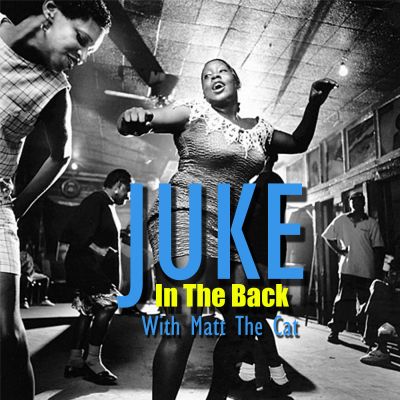At the end of the Second World War, economics forced the big bands to trim their once great size and thus, the Jump Blues combo was born. Between 1946-1954, rhythm and blues laid the tracks for what was to become Rock n’ Roll. So how come, 75 years later, this vibrant and influential music is still so unknown to so many? Matt The Cat is going to change that with the radio program, “Juke In The Back.” These were the records that you couldn’t hear on the jukebox in the front of the establishment. To hear all this great 1950s rhythm & blues, you had to go to “Juke In The Back.”
https://www.jukeintheback.org
Episode #729 – The R&B of RCA
Air Week: April 22-28, 2024
The R&B of RCAIt is a popular belief that the seeds of Rhythm & Blues, Rock n’ Roll and even Jazz were planted by the small independent labels and that the major labels exhaustively played catch-up as the music grew in popularity. That is simply not true. The major labels were there from the beginning, often breaking important artists, many with mainstream leanings, while the indie labels promoted the more “grittier” aspects of the music, which we view today as the more “authentic” sound of R&B, Rock n’ Roll and Jazz. And so, like Columbia and Decca, RCA Victor released some stellar Rhythm & Blues during the late 1940s into the early 1950s, before the label signed Elvis in 1955. It’s hard to imagine Rock n’ Roll emerging from a world void of Arthur “Big Boy” Crudup as Elvis and his contemporaries took so much inspiration from him, including covering his songs. Crudup was a star on RCA’s blues roster as was Jazz Gillum. John Greer, The Robins and even Jesse Belvin all spent time on RCA. This week, Matt The Cat shines the spotlight on some great Blues, Jump Blues, Rhythm & Blues and vocal group sounds from RCA Victor during the golden age of R&B. It’s the R&B of RCA on the “Juke In The Back.”
LISTEN BELOW
